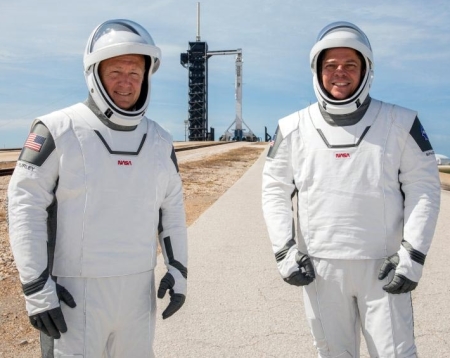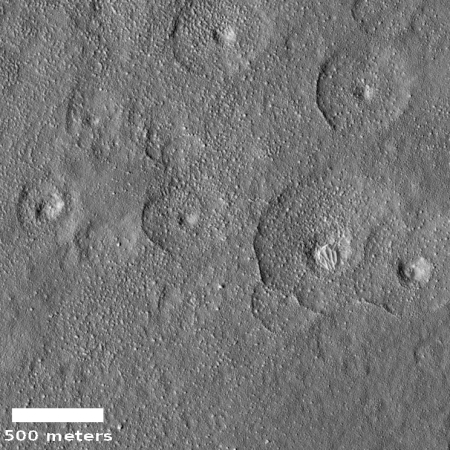New Starship engine test; launch license issued
Capitalism in space: Yesterday SpaceX completed a new static fire engine test of its fourth Starship prototype while also obtaining a two-year launch license from the FAA for a future short up-and-down test hops
SpaceX briefly fired up the single Raptor engine of Starship SN4, the latest prototype of the company’s Mars-colonizing spaceship. The Raptor blazed for a few seconds while the SN4 remained tethered to the ground at SpaceX’s facilities near the South Texas village of Boca Chica. It was the fourth “static fire” test for the SN4, and the second with this particular Raptor engine. The previous static fire blazed a little hot, scorching the base of the spacecraft, but the flames seemed to behave themselves this time around.
Musk has said he wants to take the SN4 out for a spin soon, on an uncrewed test flight to a target altitude of about 500 feet (150 meters). With four static fires now in the books, SN4 seems poised to take that leap. But the prototype won’t get off the ground before Demo-2 does. “I have redirected SpaceX’s priorities to be very focused on the crew launch,” Musk told Aviation Week & Space Technology’s Irene Klotz recently. “As a rough guess, I think we’re a few weeks away from a hop.”
SpaceX has its paperwork in order to take Starship prototypes pretty high up, by the way. Today [now yesterday], the Federal Aviation Administration’s Office of Commercial Space Transportation issued the company a two-year license to launch suborbital flights from the Boca Chica site.
Note that whatever caused the fire that occurred in the previous static fire test has apparently been identified and quickly resolved.
Capitalism in space: Yesterday SpaceX completed a new static fire engine test of its fourth Starship prototype while also obtaining a two-year launch license from the FAA for a future short up-and-down test hops
SpaceX briefly fired up the single Raptor engine of Starship SN4, the latest prototype of the company’s Mars-colonizing spaceship. The Raptor blazed for a few seconds while the SN4 remained tethered to the ground at SpaceX’s facilities near the South Texas village of Boca Chica. It was the fourth “static fire” test for the SN4, and the second with this particular Raptor engine. The previous static fire blazed a little hot, scorching the base of the spacecraft, but the flames seemed to behave themselves this time around.
Musk has said he wants to take the SN4 out for a spin soon, on an uncrewed test flight to a target altitude of about 500 feet (150 meters). With four static fires now in the books, SN4 seems poised to take that leap. But the prototype won’t get off the ground before Demo-2 does. “I have redirected SpaceX’s priorities to be very focused on the crew launch,” Musk told Aviation Week & Space Technology’s Irene Klotz recently. “As a rough guess, I think we’re a few weeks away from a hop.”
SpaceX has its paperwork in order to take Starship prototypes pretty high up, by the way. Today [now yesterday], the Federal Aviation Administration’s Office of Commercial Space Transportation issued the company a two-year license to launch suborbital flights from the Boca Chica site.
Note that whatever caused the fire that occurred in the previous static fire test has apparently been identified and quickly resolved.


